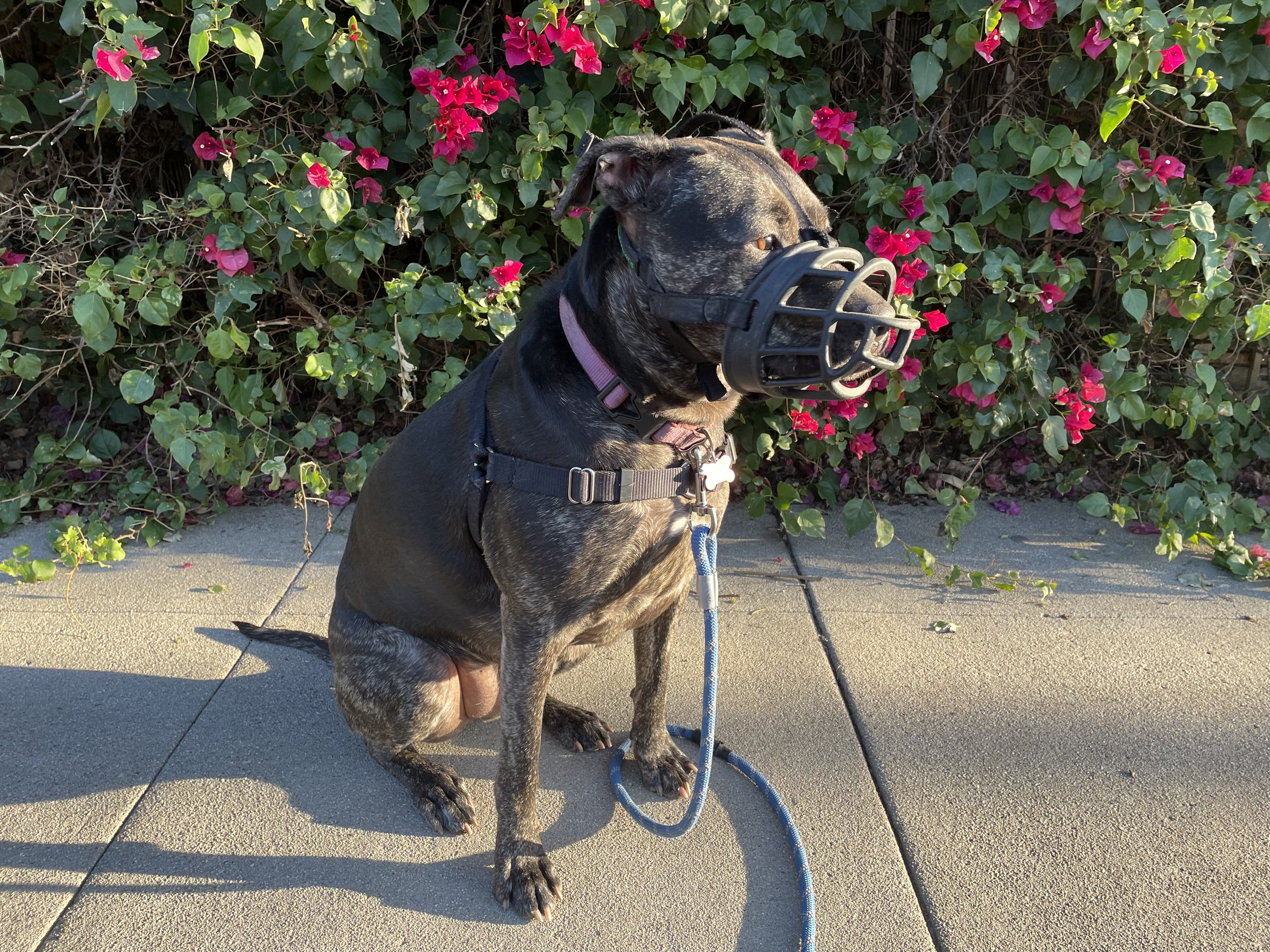
AGGRESSIVE DOG TRAINING
We use compassionate methods of training to help dogs with aggression
Is Your Dog Behaving Aggressively Toward People or Other Dogs?
Aggressive behavior in dogs can indicate negative underlying emotional states such as fear, frustration, or possessiveness, as well as a predatory response. It may also mean a dog is in pain.
Although dogs are non-conflict-oriented creatures, various factors can trigger aggressive behavior:
Most aggression results from a dog’s primal mind states being activated, indicating underlying feelings of fear, frustration, possessiveness, or competitiveness.
Aggression can be predatory since all dogs are biologically designed to hunt.
Older dogs or sick dogs may respond aggressively if they feel grumpy or in pain.
Dogs that lack confidence or haven’t been socialized properly will show signs of fear or aggression around any novel stimulus, meaning that anything new or unfamiliar may provoke the behavior.
Whatever the reason, when aggression does surface, it's a sign that a dog is in a primal or predatory state of mind, and understanding this is part of learning how to change their behavior.
If your dog has started showing aggressive behaviors, we’re here to help. Our compassionate, science-based training methods combined with effective behavior management plans can transform how your dog responds to challenging situations.
To discuss your dog’s aggression and get a tailored training plan, please book an introductory session by clicking one of the links below.
Get Help Now for Your Aggressive Dog
Our 90-minute intro sessions are designed to answer all your most pressing questions about why your dog is behaving aggressively and what you can do about it. We also get you started training your dog immediately so you can experience a virtual training session with us before deciding if enrolling in a program is right for you.
Aggression Programs
90-Minute Intro Session | $150
8-Week Program | $995
12-Week Program | $1,295
(Program price includes one intro session + 8 or 12 weekly sessions)
Dog Aggression Has Different Root Causes
Resource Guarding
Dogs that guard food, toys, spaces, or even people are known as resource guarders. These dogs may growl, stiffen, or show other threat displays when someone approaches their food bowl, tries to take away a favorite toy or chew, or even when another person or dog gets too close to their owner.
While resource guarding is a natural survival instinct that would serve a dog well in the wild, it can cause serious challenges in a home environment—especially if your dog begins guarding prized items or spaces like the bed or couch from you or your partner.
The good news? This behavior can be changed. Using science-based training methods and a well-structured behavior management plan, it’s entirely possible to help your dog feel more relaxed and less possessive around valued resources.
People or Dog Aggression
The socialization window for puppies—when they are most open to accepting new stimuli as safe and non-threatening—is brief, typically between 3 to 16 weeks of age. During this critical period, positive exposure to a wide variety of people, animals, environments, sounds, and handling helps shape a dog’s confidence and emotional resilience.
A dog that hasn’t been properly socialized during this time may view anything unfamiliar as a potential threat. As a result, they may respond with fearful behaviors (such as hiding, cowering, or trying to escape) or aggressive behaviors (like growling, barking, lunging, or even biting) when faced with the “unknown.”
It’s important to understand that in many cases, aggression is rooted in fear or uncertainty, not defiance or dominance. Recognizing that your dog is reacting out of concern—and not malice—is the first step toward helping them.
Territorial Aggression
If your dog barks a lot and gets upset when the mailman comes or when guests enter the home, they have a highly developed feeling of protectiveness about their "den" and are making attempts to ward off the "intruders."
Understanding your dog's possessive feelings and desire to protect their den—along with teaching them to distinguish between real threats and harmless visitors—is key to turning this behavior around.
That’s because your positive or negative response informs your dog about how to feel and plays a big role in how your dog responds to these situations.
When you remain calm, confident, and neutral, your dog is more likely to take your lead and begin to relax as well.
Want to chat first? Book a Consultation.
We would be glad to offer you a free behavior consultation. Simply fill out the form below, and we will get in touch with you shortly.









